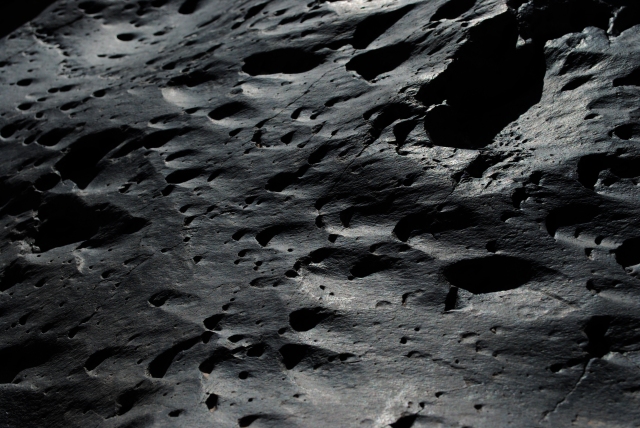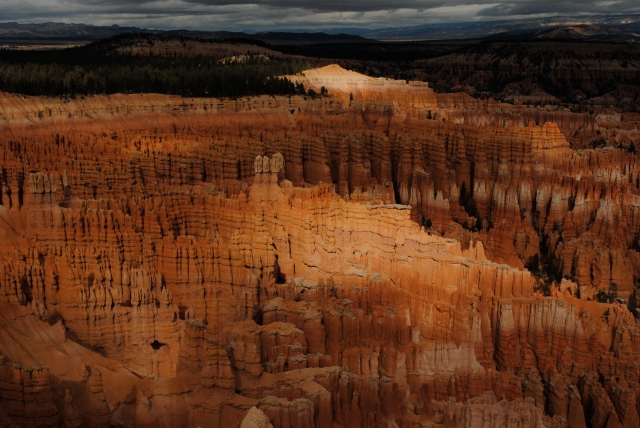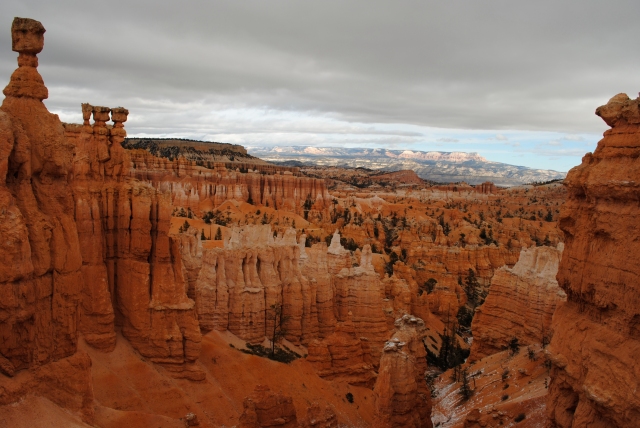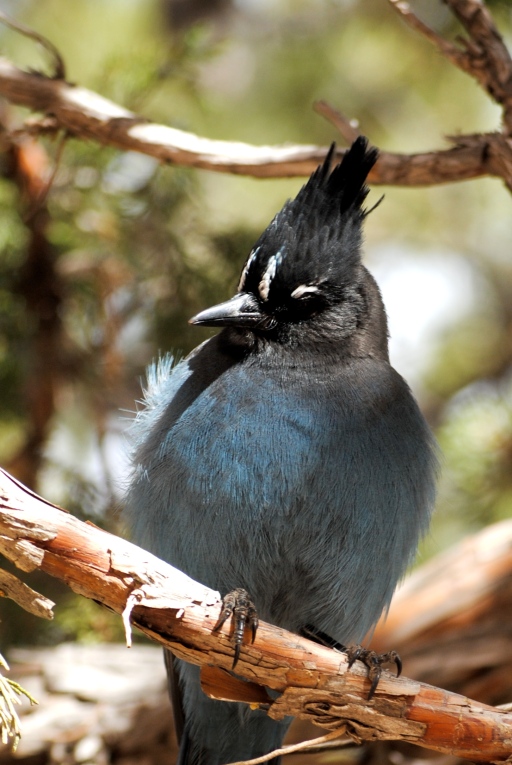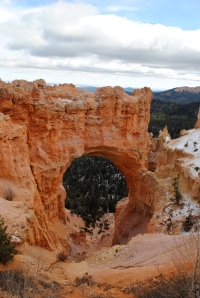WARNING! This post contains incredibly suggestive geology terms. Your breathing may become rapid and blood vessels may become engorged. You know, like ‘veins’? They are created by a processes like “open space filling” and can become “engorged” through repeated hydraulic fracturing— Oh no I’ve done it already!!!! too sexy for my chert!
Here we have some igneous ejecta, or ejaculate matter, that was exploded into the sky when the San Francisco Peaks were active. This rock landed in the little colorado river on the Navajo Rez
In the months since I have last considered posting on this site I have been up to some ol’ fashioned explorin’ and adventurin’. With our home in Flagstaff, AZ as a starting point, we have made several trips to the national parks that compose the Grand Staircase: Bryce Canyon NP, Zion NP, and Grand Canyon NP. The top of the staircase is Bryce Canyon and contains the youngest rocks. The layer of rock that composes the bottom of its canyon forms the top layer of Zion Canyon. The bottom layer of Zion Canyon forms the topmost layer of the Grand Canyon, whose bottom has some of the oldest rock found on earth.
Let us begin our journey at the youngest formation, Bryce Canyon National Park, in Utah.
The spectacular pinnacles that make up the majority of Bryce’s formations are called hoodoos. Lets discuss the “orogenesis” of Bryce Canyon. (I guess you should take your clothes off ‘cuz we’re havin an orogeny!) Before the Colorado Plateau was created by tectonic uplift, there was an inland sea that covered a large portion of north america, known as the Cretaceous Seaway (not very creative, Geologists…). During this time sediments were deposited into the water and formed sedimentary rocks such as sandstone and siltstone. After a period of tectonic uplift in the Cenozoic era the seaway retreated, exposing the sedimentary stone. Subsequently wind, ice, and rain eroded the rock into the hoodoos we see today.
We had time to go hike through the formations and so we gladly descended into the shelter of the hoodoo voodoo magic. According to the internets, Anasazi inhabited the area thousands of years ago, and not much is known about their culture in the region. But during the European colonization of North America the Paiute Indians lived in the surrounding areas. Here is the Pauite creation myth for Bryce Canyon:
Before there were any Indians the Legend People, To-when-an-ung-wa, lived in that place. Because they were bad, Coyote turned them all into rocks. You can see them in that place now — some standing in rows, some sitting down, some holding onto others. You can see their faces with paint on, just as they were before they became rocks.
The name of that place is Agka-ku-wass-a-wits (red painted faces).
-Source: “Indian Dick. Recorded in 1936.”
Some of the hoodoos do indeed look like frozen giants with red painted faces. It seems the natives regarded this place with some trepidation, as the resting place of evil men damned by the wrathful Coyote.
- after we got out of the wind and the sun came out, it was pretty nice in there. more trees than I expected.
Wandering through the labyrinth of sandstone, we began to wonder why this particular pattern of erosion happens only in a few places in the world. The specific recipe of environmental variables that has to come together over millions of years to create hoodoos must indeed be rare. I’ve seen smaller hoodoos in a few other places, such as Yellowstone National Park and a few areas near Bryce in Utah, but is there any place with structures as numerous and concentrated as these? There was a interpretive sign near one of the lookout points describing Bryce Canyon’s discovery by one of the first non-native Americans, a group of Mormons (don’t forget, this is UTAH). A man named Ebenezer Bryce and his family built a cabin nearby and owned the land containing the canyon. When asked about the spectacular formations, all he had to say about it was “it’s a heck of a place to lose a cow.” There you have it folks. Cautious reverence to detached annoyance.
The park has other attractions beyond the amphitheater including this humongous natural arch. yay wooww.

